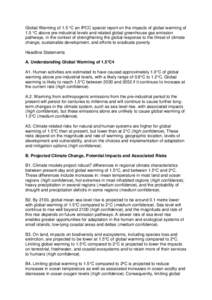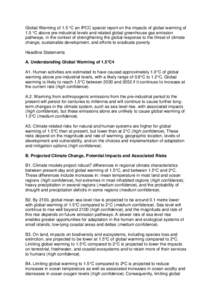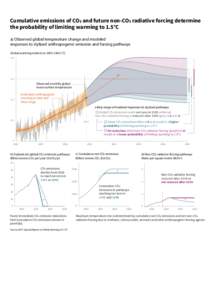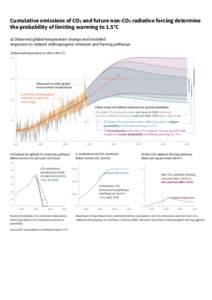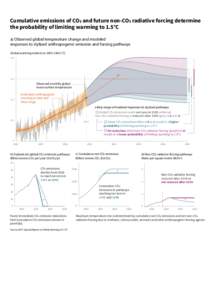<--- Back to Details
| First Page | Document Content | |
|---|---|---|
 Date: 2005-10-19 11:36:58Air dispersion modeling AP 42 Compilation of Air Pollutant Emission Factors Emission intensity Emission inventory Emission Light-emitting diode Air pollution Physics Atmosphere |
Add to Reading List |
 EIIP Vol II, CH 3: ESTIMATING AIR EMISSIONS FROM HOT-MIX ASPHALT PLANTS
EIIP Vol II, CH 3: ESTIMATING AIR EMISSIONS FROM HOT-MIX ASPHALT PLANTS